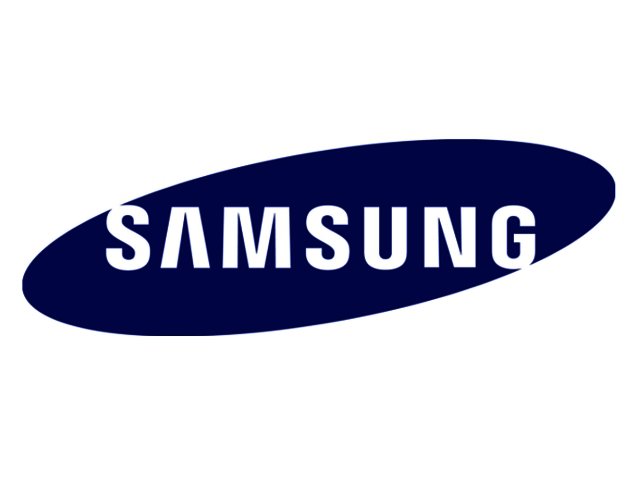The Internet of Things (IoT) is widely touted as the next major technology trend, yet limited connectivity and interoperability have thus far hampered its growth and expansion. However, 2015 is set to be the year that IoT takes hold, with solutions that will change the way people live and work.
“Samsung has always been committed to open collaboration and development, which is exactly what is needed to support the growth of IoT and to take it to the next level,” says Paulo Ferreira, Director of Enterprise Mobility at Samsung Electronics South Africa. “It’s an exciting opportunity that allows technology innovators to craft concepts and devices that deliver on the promise of product intelligence – making solutions and products smarter, easier to manage and capable of contributing towards the interconnected life.”
The IoT development is more than just a fridge sending a text to a mobile phone, alerting the user to the fact that they are out of milk and butter. It is delivering a capability that can be tuned into every home, device and item, as long as it is connected to the Internet.
In 2011, South Korea introduced an innovative concept illustrating the potential of IoT. The UK supermarket chain Tesco successfully built virtual supermarkets in subway stations across the country, which could be accessed via smartphones. Commuters simply held their mobile devices over the image of a product they wanted, selected the quantity, size and time of delivery and then came home to a fully-stocked pantry.
Looking ahead, research specialist Gartner says the phenomenon extends far beyond shopping and home lighting, with the prediction that by 2020, a quarter billion of vehicles on the roads will be connected with automated driving capabilities and in-vehicle services. It further suggests that by the end of 2015 there will be 4.9 billion connected things, rising to 25 billion by 2020.
“With consumers often choosing multiple brands and platforms for home devices, it is essential that the industry adopts open IoT solutions and standards to ensure the technology reaches its full potential,” explains Ferreira. “Samsung is engaged in partnerships and collaborative ventures valued in excess of $100million to ensure the development of open and intelligent platforms for IoT.”
However, as BK Yoon, CEO of Samsung Electronics, pointed out at CES, the concept of IoT needs to centre around people and their lifestyles, rather than ‘things’, adding that IoT must be capable of adapting to needs and changing shape to suit people’s individuality.
It is predicted that household products will talk to one another and naturally work in tandem, where TV screens and windows sense movements, music seamlessly jumps from headphones to surround-sound systems, users issue vocal commands to their home appliances and much more.
“Our goal at Samsung is to continue to drive the shift towards IoT, enabling consumers to live their lives as connectedly and capably as possible. By 2017, we envision equipping 90% of all devices made with IoT capabilities, with the entire array of products and solutions boasting the functionality within the next five years,” concludes Ferreira.





